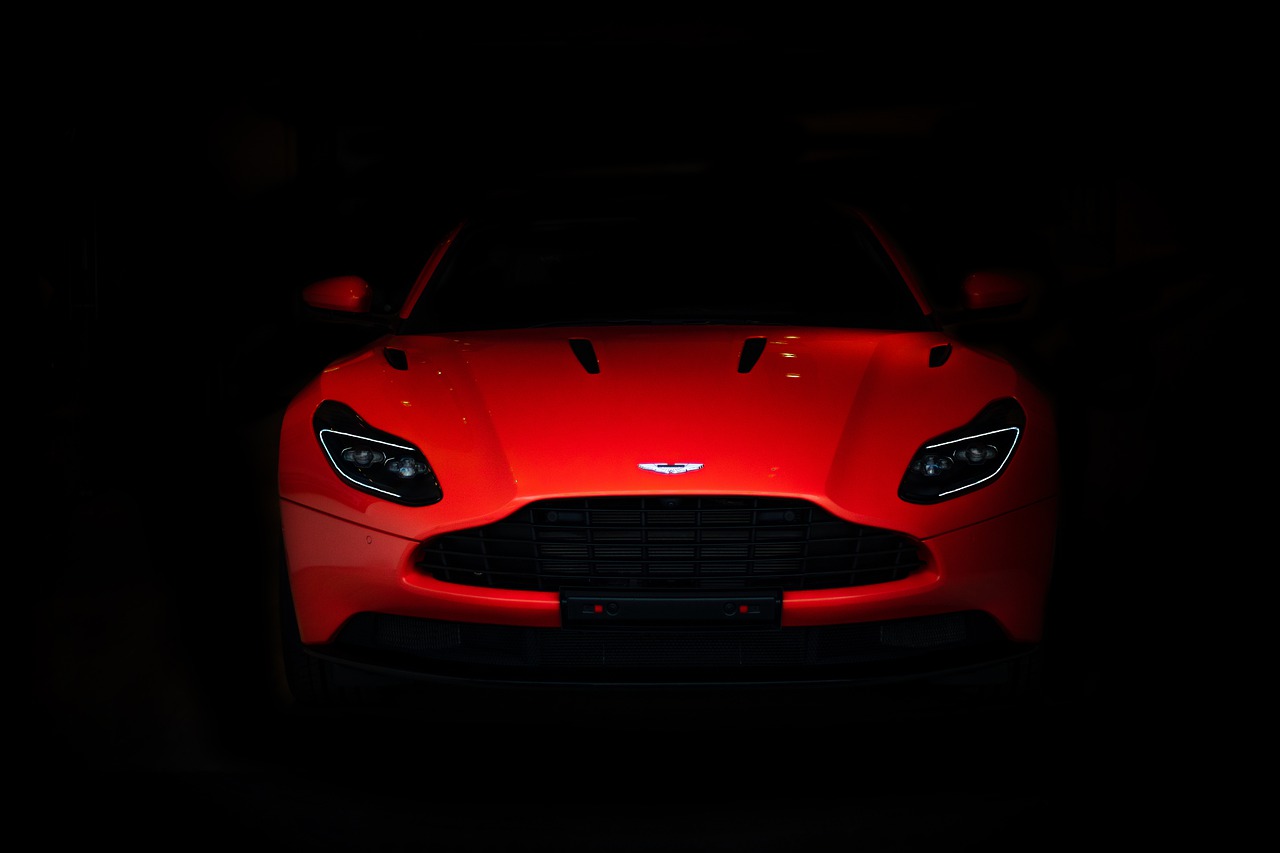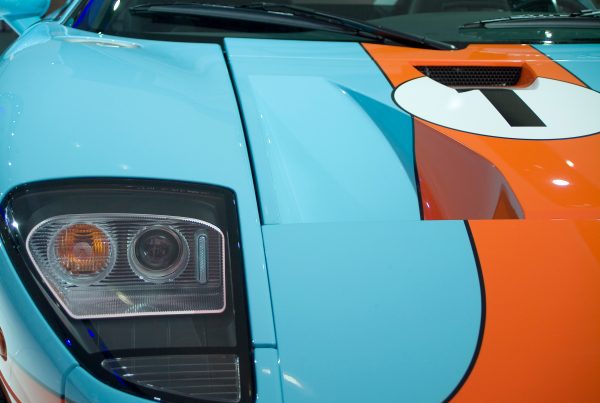Many of Aston Martin’s most worthwhile models bear the DB moniker––a classic emblem and the epitome of Aston Martin engineering––built on a reputation of beautiful craftsmanship and successful British sports cars. DB models have also gained a cult following for their cameo in the James Bond films.
But where did the DB moniker come from, and how has it shaped this particular British luxury sports car?
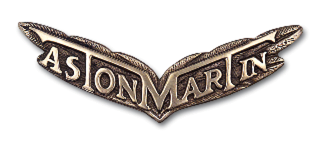
A New York Times Ad & a New Opportunity
DB stands for David Brown, an English industrialist who managed his grandfather’s gear and machine tool business. When David Brown responded to an ad in The Times in the late 1940s, he didn’t fully comprehend that his initials would be transformed into two of the most well-known letters in the automotive industry. In the advertisement, a sports car company was listed for sale for £20,000––approximately $24,000 in American currency.
A natural businessman, Brown was adequately equipped to deal with the financial ramifications necessary to land this important business venture. Thus in 1947, Brown acquired Aston Martin, and the DB series was born. David Brown helped transform Aston Martin into the iconic car company it is today.
The Early DB Series: DB1
While this limited-production vehicle was never an official DB model, it respectively became known as the DB1, as it was the first model to be produced underneath Brown’s leadership. Based on Aston Martin’s Atom concept car, the 2-Litre Sport used a tubular space frame chassis with Aston’s 2.0-liter inline-four.
A firecracker, the 2-Litre Sport won unreservedly at its very first race, the 1948 Spa 24 Hours. In all, only 15 were produced.
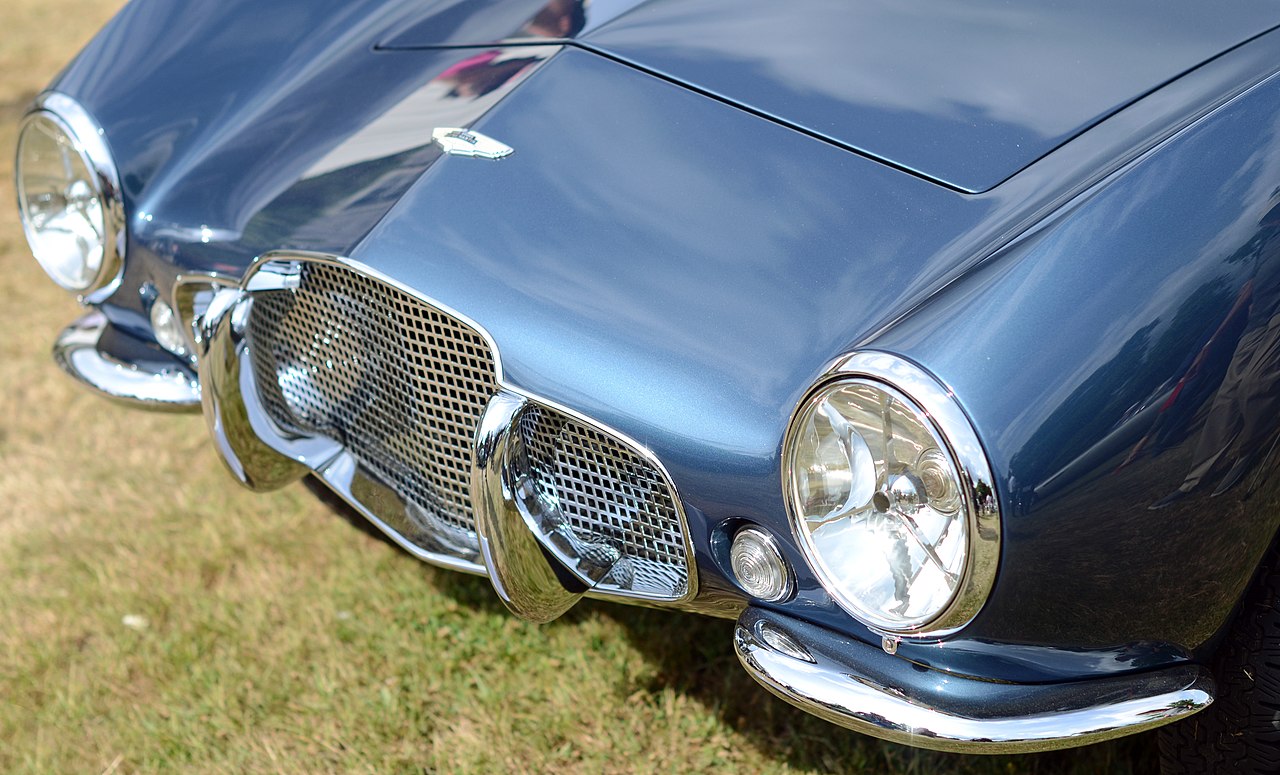
DB2
Known mainly for its W.O. Bentley-designed 2.6-liter straight-six, the DB2 model set the blueprint for the modern Aston Martin. From a limited production, only 410 were built––a significant number for Aston Martin––setting the template for the luxury sportscar brand.
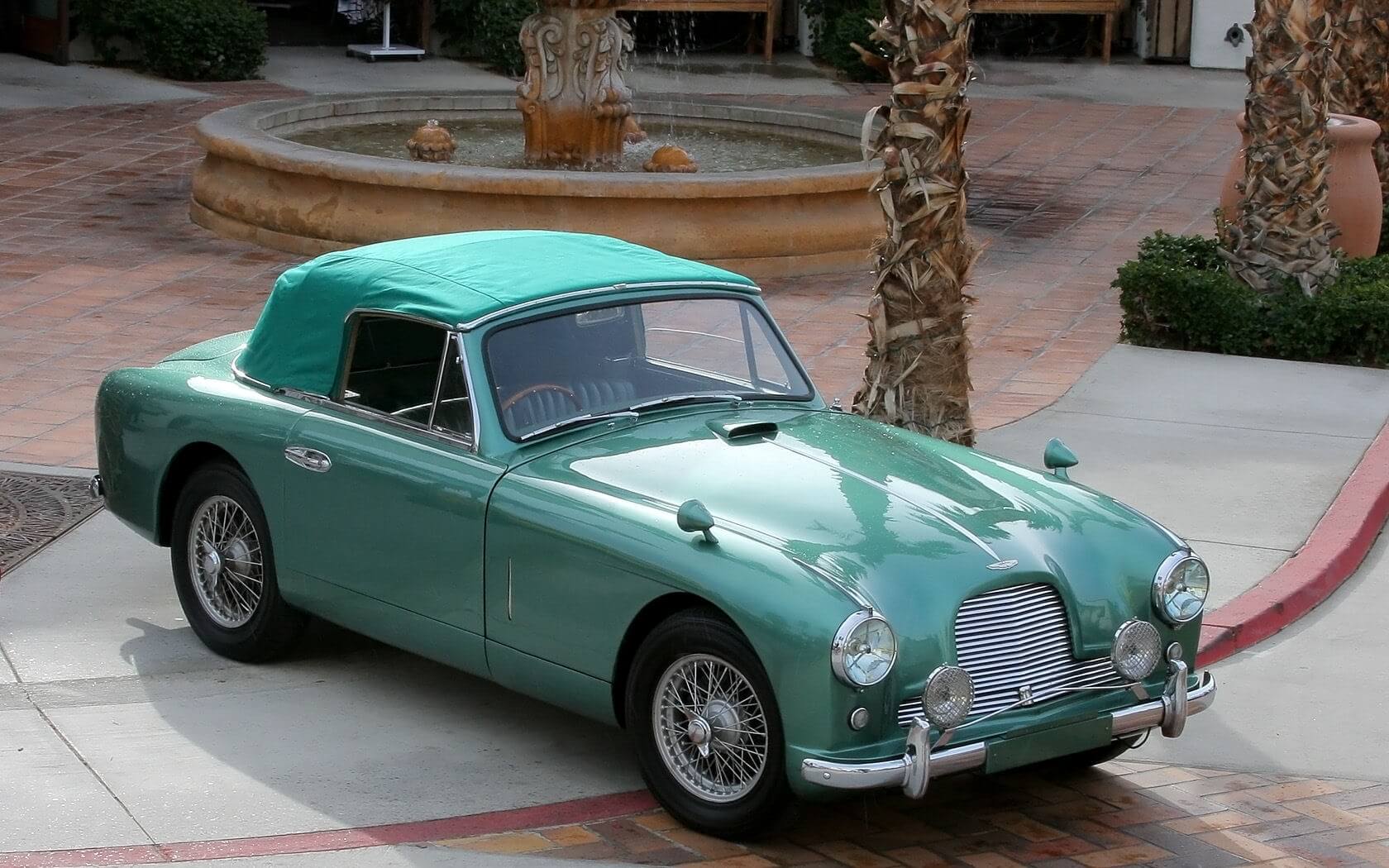
DB 2/4
Starting where the DB2 left off, the DB2/4, came onto the scene with a lengthened chassis, an upgraded 2.6-liter straight-six, which later was enlarged to 2.9-liters. Many DB2/4s were produced as sporty two-seat coupes and convertibles. During its run, 761 were produced total.
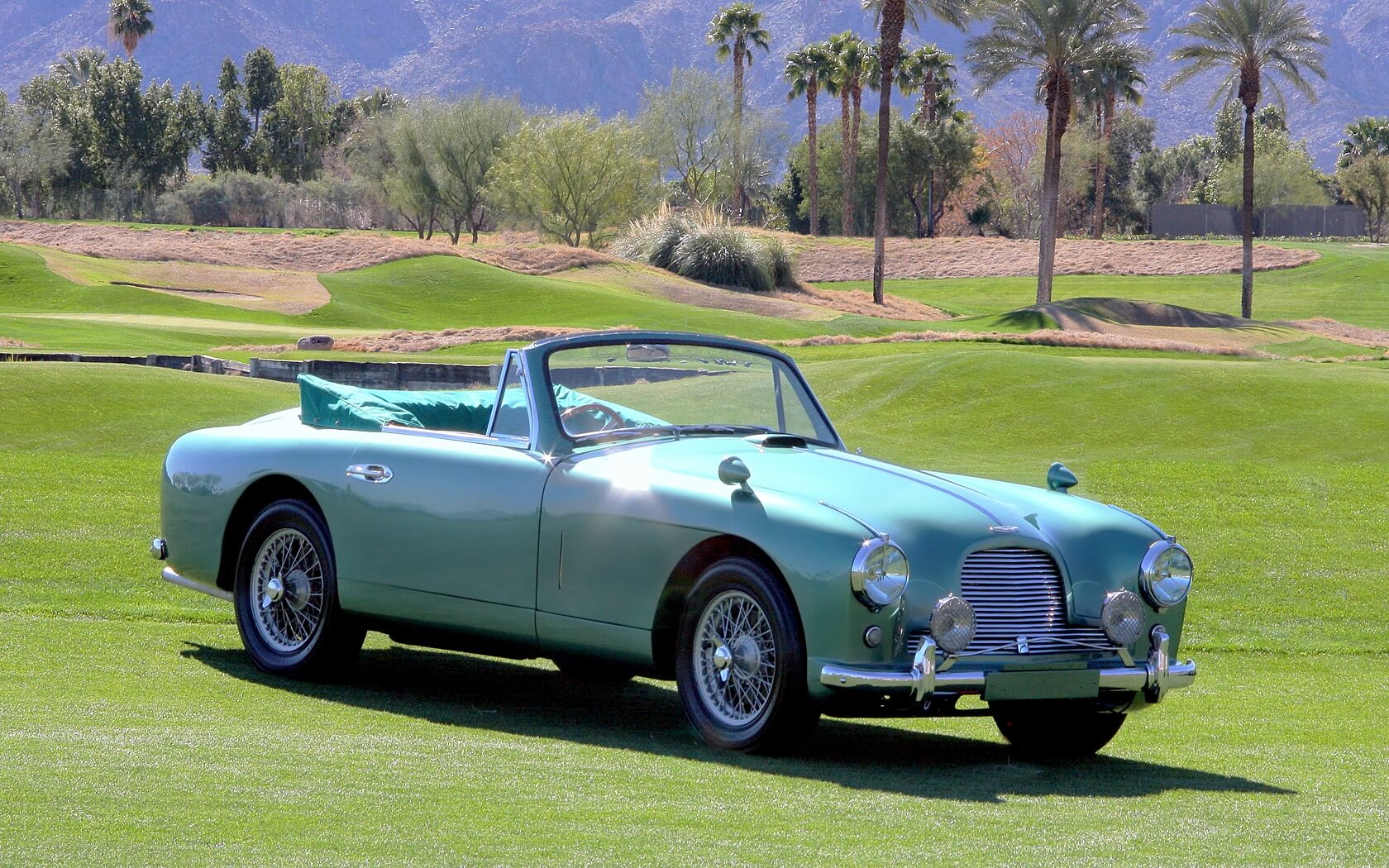
DB Mk III
Instead of completely redesigning an all-new car, Aston Martin took the DB2/4 and revised it to create the DB Mk III. The classic Lagonda straight-six was tuned to a roaring 178-bhp, and the front disc brakes were made standard. The DB Mk III featured what was known as the trademark Aston Martin grille.
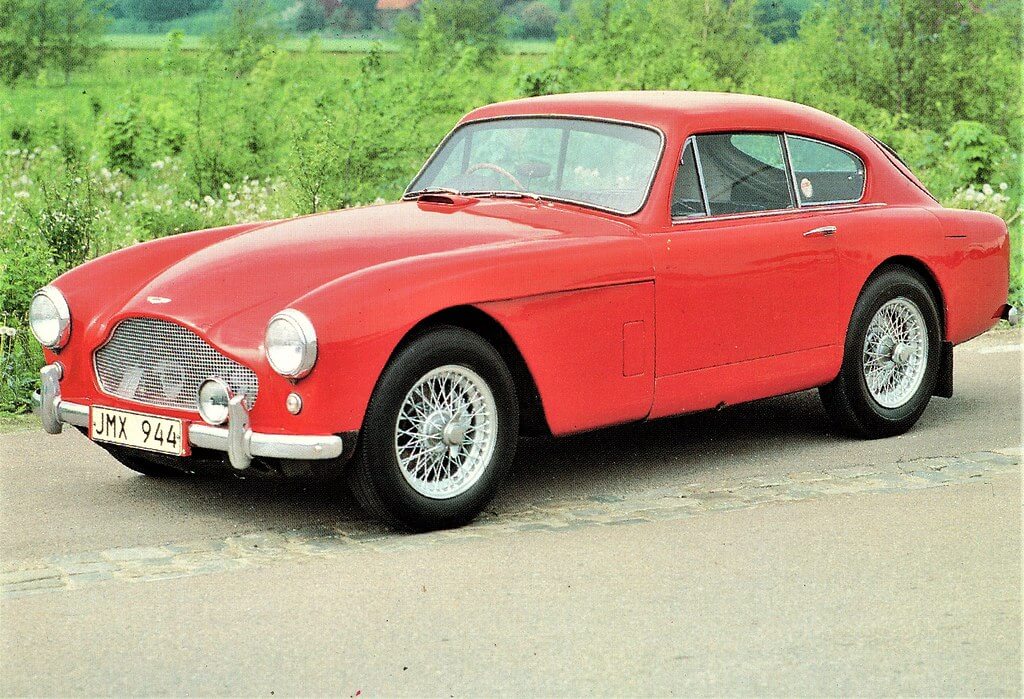
DB4
Late in 1958, Aston Martin released an all-new model, the DB4. While this model wasn’t particularly different from previous DB cars, it was a huge improvement over its predecessor. This model, in particular, featured aluminum panels over a tubular space frame––known as a Carrozzeria Touring-designed “Superleggera” body.
This model employed a new 3.7-liter straight-six, making 240-bhp.
DB5
Probably most known for its significance in the James Bond franchise, the DB5 is arguably the biggest reason why Aston Martin still roars on today. From the DB4, Aston Martin created a model with an impressive 282-bhp––the DB5. In addition, a ZF 5-speed gearbox and front and rear discs were added from the DB4GT.
DB6
On first glance, the DB5 and DB6 are mechanically very similar in appearance. However, upon with a more keen eye, it’s easy to tell that the DB6 boasts a longer wheelbase and higher roof. The DB6 acquired a fastback style and a Kamm tail for increased high-speed visibility.
Despite the longer wheelbase, Aston Martin was able to keep the DB6 just 18 pounds over its former model, the DB5.
DBS
Shortly after its release, the DB6 ended production in 1970. Not long after, Aston Martin introduced another DB to accompany it. In 1967, the DBS was released. On first impression, it was clear that the DBS was a difficult model for Aston Martin to develop. Originally the DBS was supposed to receive a V8-engine, but that engine wasn’t available until late 1969.
Features of the DBS in Bond film On Her Majesty’s Secret Service, made the DBS an iconic luxury sports car. Production for the DBS ended in 1972, the same year David Brown sold the company.
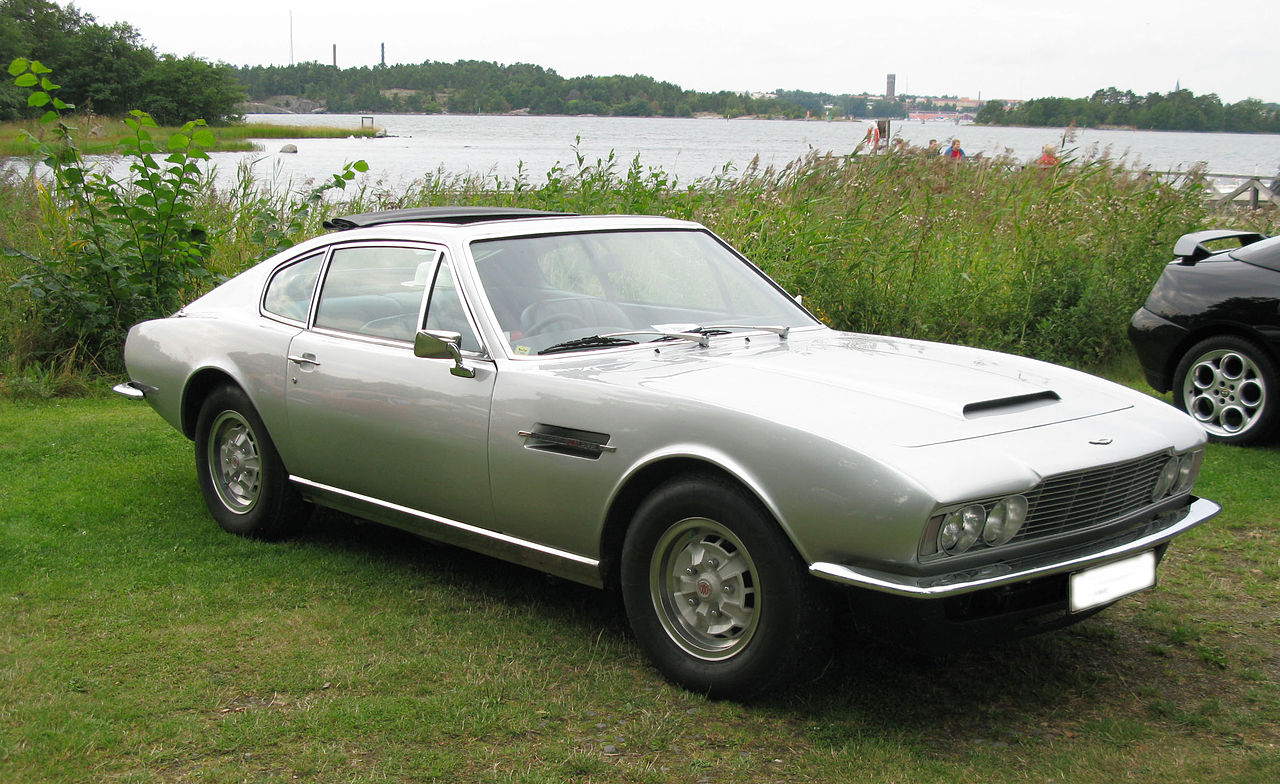
DB7
Two-and-a-half years after David Brown sold Aston, his initials were included on his new entry-level model, the DB7. During this period, Aston Martin was in bad financial standing, when Ford took the helm in the early 1900s. Ford’s corporate hand in Jaguar’s sales helped offset the DB7’s development cost.
As far as the body of the DB7 went, it was a heavily revised version of the aged Jaguar XJS, which was shared by the Jaguar XK8; the engine featured a supercharged straight-six. This model featured a gorgeous Ian Callum-designed body and was a crown bearer of David Brown’s initials.
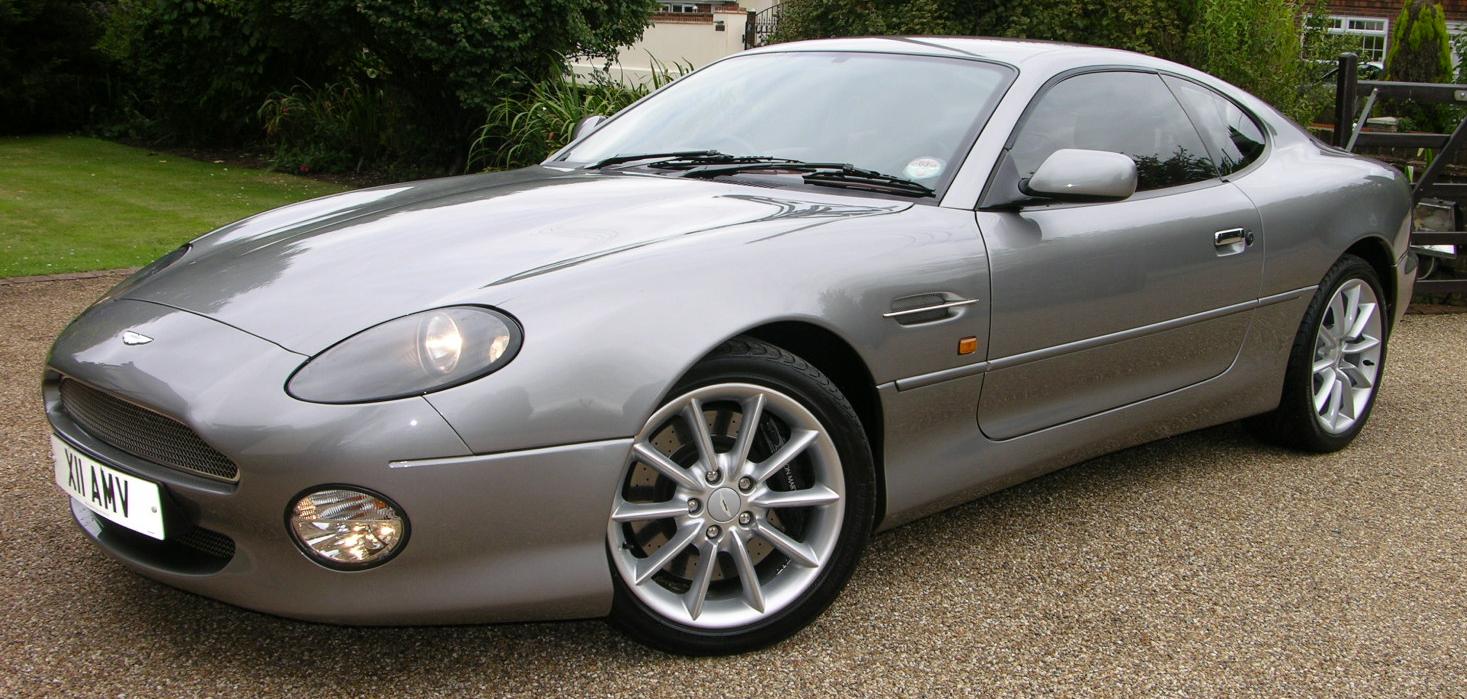
DB7 Vantage
The revised Jaguar-esque DB7 was a great start for the new series of DB models, but the DB7 got serious with its release of the DB7 Vantage. A serious replacement for the DB7 model, the Vantage was a rocket with a new 6.0-liter V12 engine with up to 420-bhp.
The Vantage was a sales success and soon returned Aston Martin back to its seat on the throne.
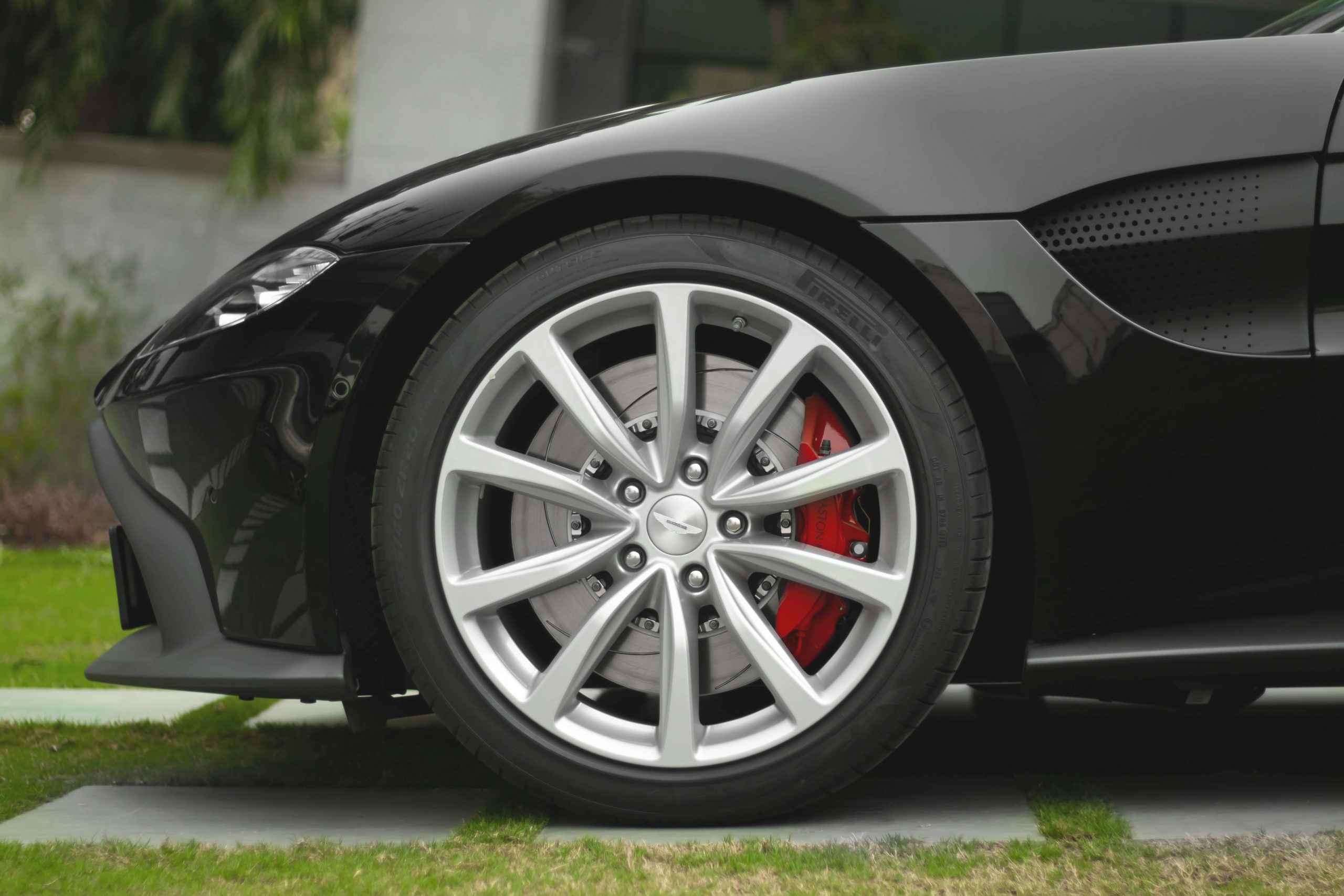
DB9
It seems the DB9 returned Aston Martin to its true form. The newly redesigned chassis and Ian Callum-designed body made the DB7 Vantage’s V12, a force to be reckoned with. Though this car was a worthy successor for Aston Martin, things took a downturn after its launch in 2003.
Ford sold Aston Martin in 2006, which put a huge damper in future development plans for the luxury car brand. Instead of coming up with a brand new car design, Aston Martin has since churned out variants of models based off of the familiar DB9.
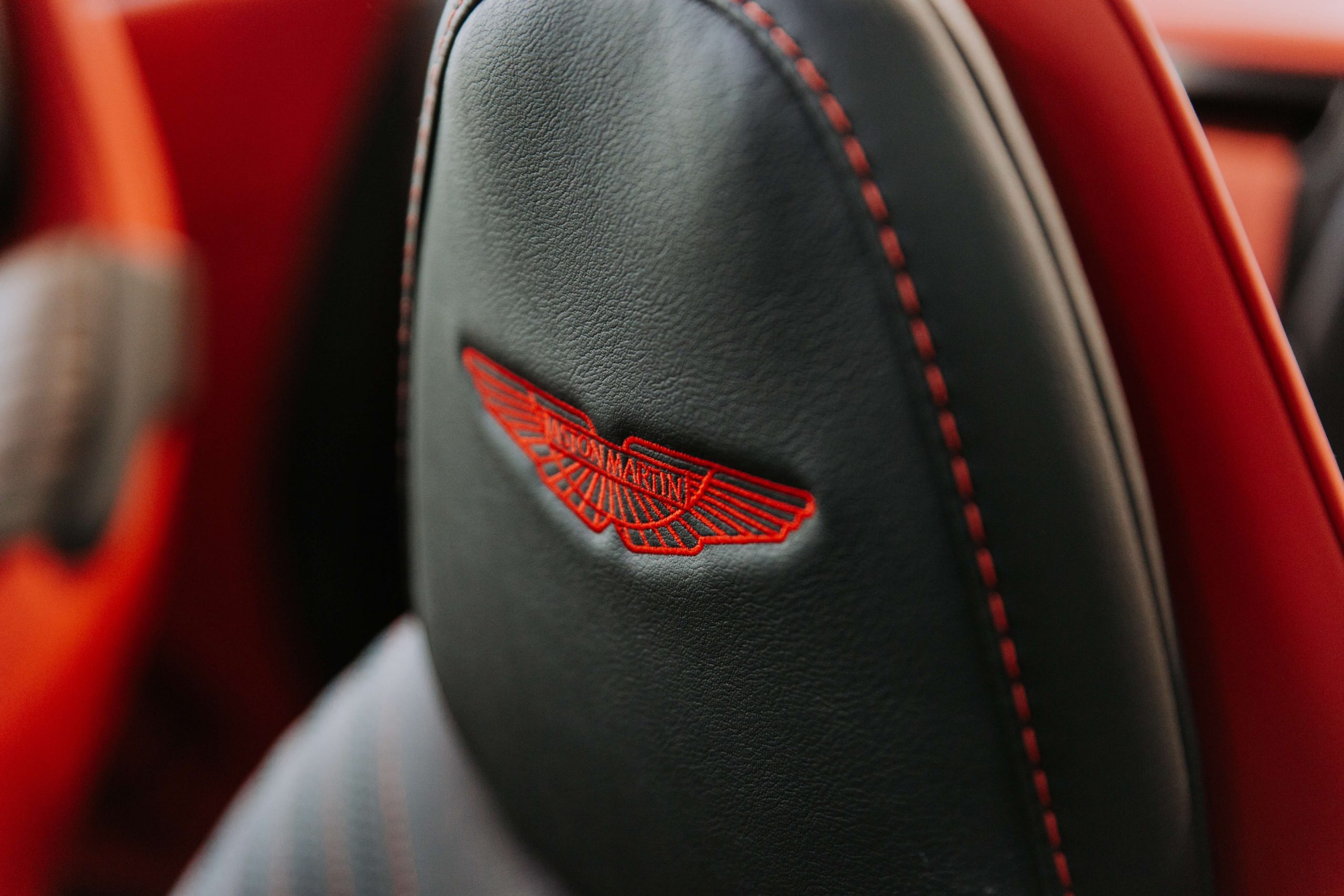
DBS Revisited
Of the variants, Aston Martin released, the DBS was re-released based off of the DB6’s frame and build. This time, the DBS featured more aggressive styling, including extensive carbon-fiber bodywork, and a 510-bhp of the Aston’s classic V12.
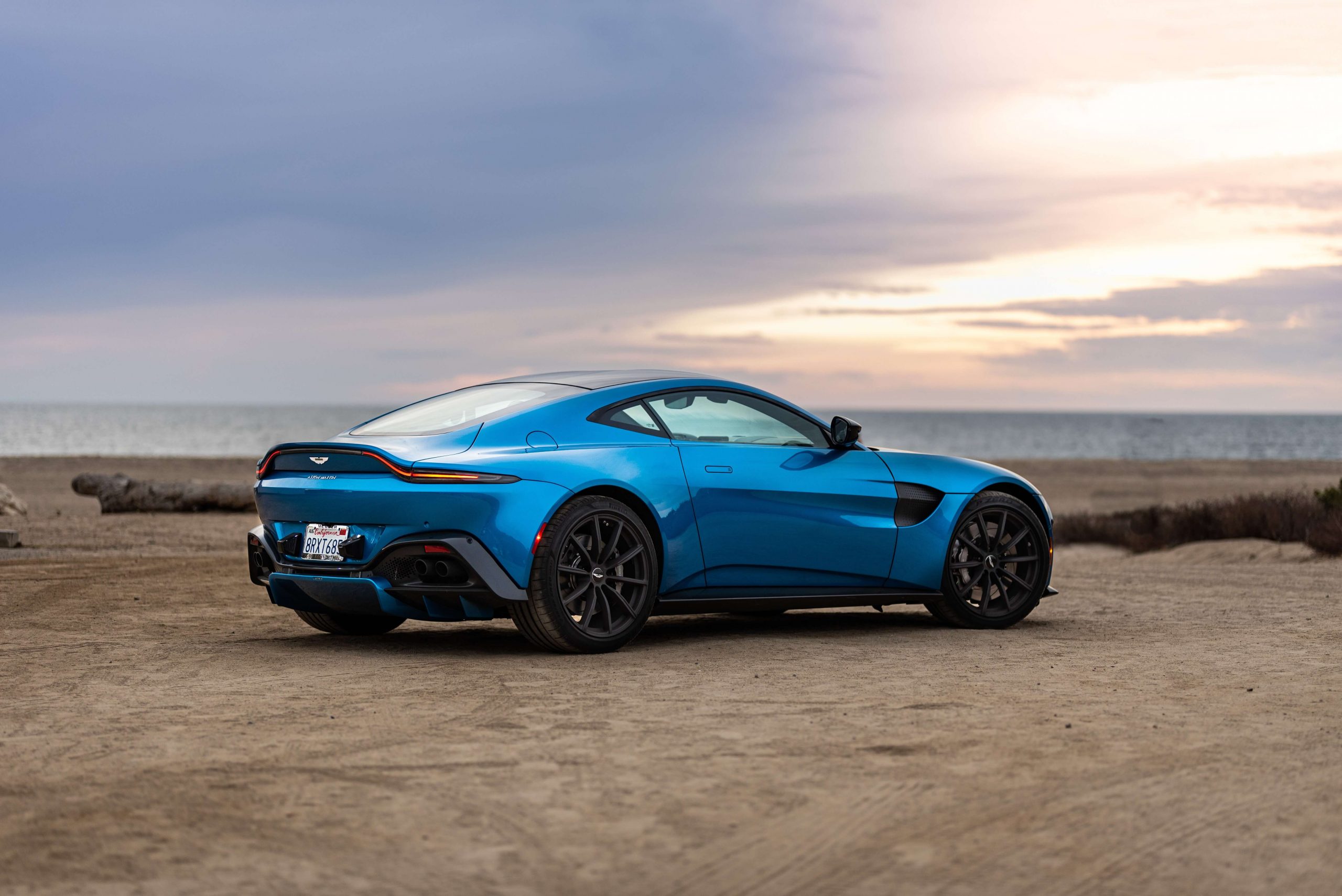
DB10
Not much different from its predecessors, the DB10 was a V8 Vantage featuring bodywork for the Bond film Spectre. Only 10 were produced and bore a hefty price tag of $3.2 million.
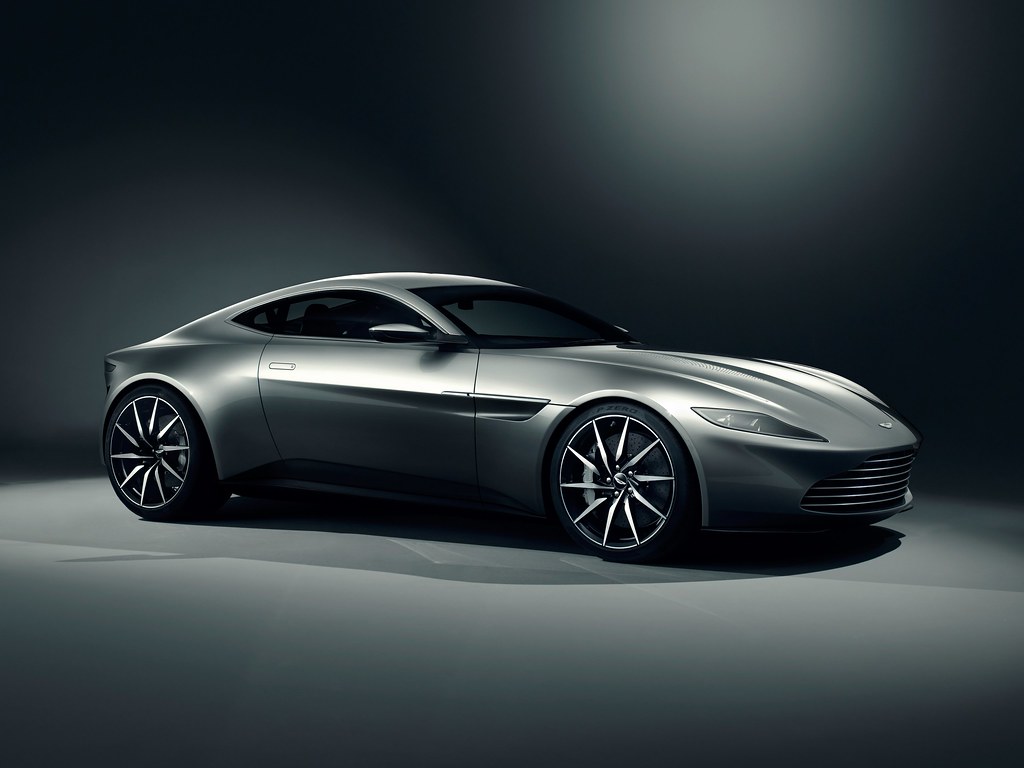
DB11
The DB11 is the DB9’s tried-and-true predecessor, which featured turbochargers for the first time in the model line’s history. The 5.2-liter V12 included new looks with a heavily upgraded interior.
This car featured vastly improved suspension geometry, along with 30 more horsepower.
